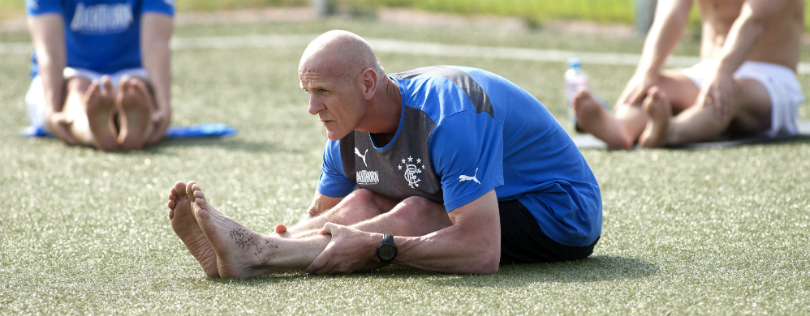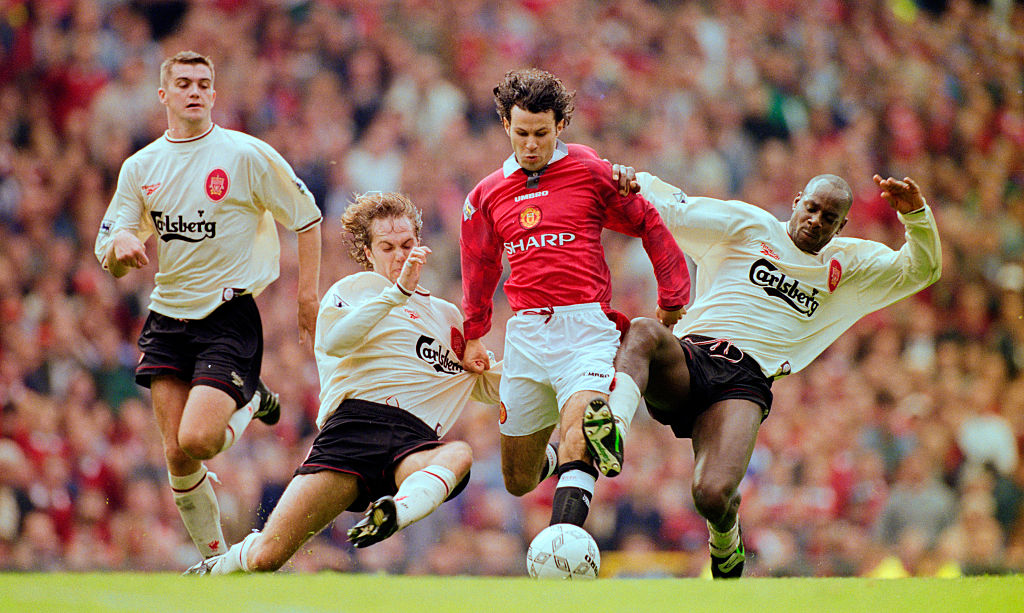Yoga v pilates: which is best for flexibility?
FFT dusts down the exercise mat and finds out whether yoga or pilates is best for boosting flexibility

Yoga
This ancient practice involves posture and breathing exercises that improve flexibility. Manchester United stalwart Ryan Giggs credited yoga with helping him play on into his 40s - and a study last year illustrated exactly how it can aid physical performance. Twenty-six participants went through a 10-week yoga programme that featured two sessions each week, and all of them displayed a significant improvement to their flexibility and balance when performing a range of movements after the programme, compared to their efforts prior to the study. Make it a part of your training regime and you might be able to extend your playing days.
1. “Being supple boosts speed, recovery, and sharpness of movement,” said Giggs’ yoga teacher, Sarah Ramadan.
2. “Stiff through your hips? It means you could later develop some lower back problems, so doing yoga will help you to get over this problem.”
3. Yoga helps you to transfer power through the core, so you’ll move freely and avoid any injuries caused from muscle imbalance.”
Pilates
Pilates and yoga are the same thing, right? Not quite. Both aim to enhance suppleness but pilates is performed using various pieces of kit - including stretch bands and gym balls - while the exercises all involve a continuous flow of movement, compared to the static positions associated with yoga. Founder Joseph pilates created more than 500 exercises, which science has shown are effective at aiding flexibility.A 2004 US National Library of Medicine study found 47 people who did pilates once a week for two months increased their fingertip-to-floor flexibility by an average of 3.4cm. That could be handy when you’re picking up the match ball having smashed in another hat-trick.
1. "It can be adapted for many positions - forwards can focus on hamstrings to improve speed,” stated Pilates instructor Ray Hassan.
2. "The exercises will also help to speed up your muscle and joint recovery after a match - so you will be fit to play another game sooner.”
Get FourFourTwo Newsletter
The best features, fun and footballing quizzes, straight to your inbox every week.
3. “Using resistance gear will improve core strength, which is so important for many of the movements that are related to football.”
WINNER: YOGA
Recommended stories
Why pilates could extend your playing days
The pilates workout for football
Avoid injury with flexibility
